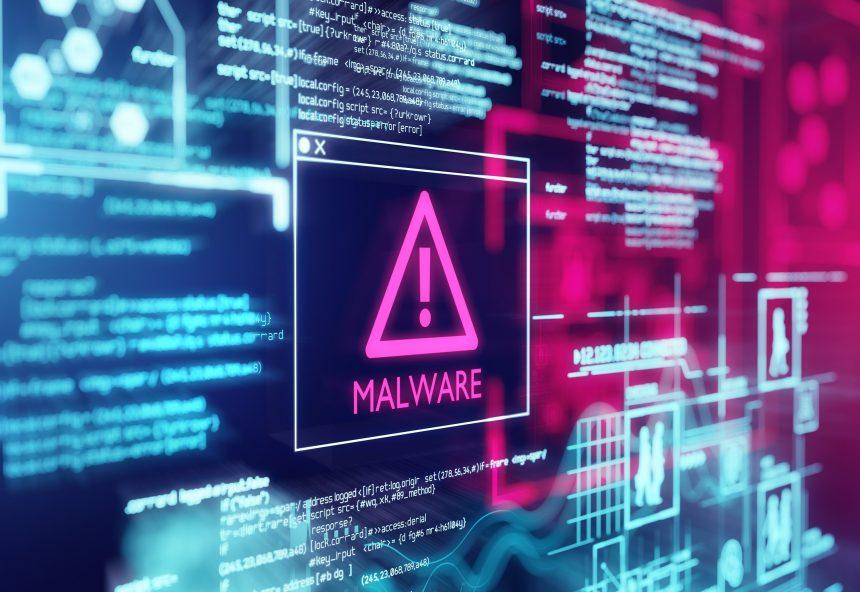The cybersecurity landscape has been shaken by the recent exploitation of a critical PHP vulnerability, identified as CVE-2024-4577. This vulnerability has opened the door for a significant malware campaign that includes Distributed Denial of Service (DDoS) attacks, posing severe risks to individuals and organizations alike. Understanding the mechanisms behind this cyber threat and the measures required to combat it is crucial for maintaining security and preventing potential damages.
Actions and Consequences of the Malware
The malware exploiting CVE-2024-4577 is designed to infiltrate systems via the PHP vulnerability, which allows attackers to execute arbitrary code. Once inside a system, the malware can perform various malicious activities, including data theft, system manipulation, and most notably, launching DDoS attacks. These attacks can cripple websites, disrupt services, and cause significant financial and reputational damage to businesses.
DDoS attacks, short for Distributed Denial of Service, involve overwhelming a target system, such as a website or an online service, with excessive traffic from multiple sources. This deluge of traffic exhausts the target’s resources, rendering it unable to serve legitimate users. The consequences are far-reaching, including lost revenue, diminished user trust, and potential legal ramifications for service disruptions.
Exploitation Mechanism
The malware leverages CVE-2024-4577, a vulnerability in PHP, a widely used server-side scripting language. This flaw allows attackers to execute arbitrary commands or code on the affected system. Typically, the exploitation occurs through malicious payloads injected into web applications running on vulnerable PHP versions. Once the payload is executed, the malware gains control over the system, enabling the attacker to perform unauthorized actions, such as deploying additional malware or initiating DDoS attacks.
The specific steps of exploitation are as follows:
- Injection: The attacker injects malicious code into a vulnerable PHP application.
- Execution: The injected code is executed, giving the attacker control over the application.
- Payload Deployment: The attacker deploys the primary malware payload.
- Malicious Activities: The malware performs various malicious activities, including setting up botnets for DDoS attacks.
- Persistence: The malware ensures it remains on the system by modifying system files and settings.
Detection and Similar Threats
Detection of this malware involves monitoring for unusual system behavior, such as unexpected spikes in network traffic, unauthorized changes to system files, and the presence of unfamiliar processes. Some common detection names for this malware include “PHP Exploit Trojan,” “DDoS Botnet Trojan,” and “Remote Access Trojan.”
Similar threats that exploit server-side vulnerabilities include the infamous Mirai botnet, which compromised IoT devices to launch massive DDoS attacks, and the recent Log4Shell vulnerability, which affected systems using the Log4j logging utility, allowing for remote code execution.
Removal Guide
Removing malware exploiting CVE-2024-4577 requires a thorough and systematic approach:
- Disconnect from the Network: Immediately isolate the infected system to prevent further damage and communication with the attacker’s servers.
- Identify the Malware: Use built-in tools like Task Manager (Windows) or Activity Monitor (Mac) to identify suspicious processes. Also, check for unusual files in common directories (e.g., system32, /usr/local/bin).
- Terminate Malicious Processes: End any suspicious processes identified in the previous step.
- Remove Malicious Files: Delete any files associated with the malware. This may involve searching for recently modified files and checking known locations where malware often resides.
- Restore System Files: If system files were altered, restore them from a clean backup or use system repair tools.
- Update and Patch: Ensure your PHP version and all other software are updated to the latest versions, applying necessary security patches.
- Scan for Residual Malware: Perform a thorough scan using built-in tools like Windows Defender or macOS’s Malware Removal Tool to detect any remaining threats.
- Monitor System Activity: Keep a close watch on system activity post-removal to ensure no remnants of the malware persist.
- Reconnect to the Network: Once confident the system is clean, reconnect to the network and monitor for any abnormal activities.
Best Practices for Preventing Future Infections
- Regular Updates and Patching: Frequently update all software, especially critical components like PHP, to ensure vulnerabilities are patched.
- Use Strong Passwords: Employ complex passwords for all system accounts to prevent unauthorized access.
- Limit User Privileges: Grant the least amount of privilege necessary for users to perform their tasks.
- Network Segmentation: Divide your network into segments to limit the spread of malware.
- Implement Firewalls and Intrusion Detection Systems (IDS): Use firewalls and IDS to monitor and block malicious traffic.
- Regular Backups: Perform regular backups of critical data and system configurations to facilitate recovery in case of an attack.
- Security Training: Educate employees on cybersecurity best practices and the importance of vigilance.
By understanding the severity of the CVE-2024-4577 vulnerability and taking proactive steps to safeguard systems, individuals and organizations can mitigate the risks associated with this and similar threats, ensuring a more secure digital environment.





